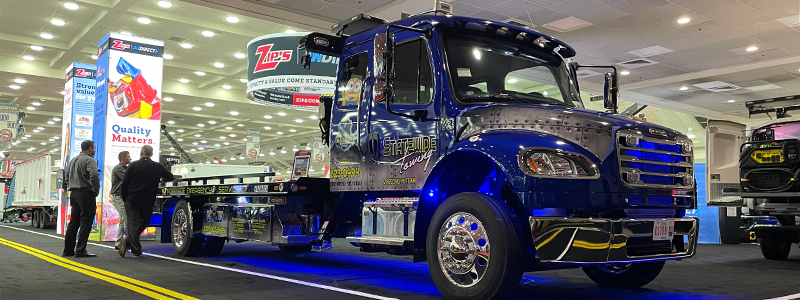Identify & Fix Damage to Lifting Slings
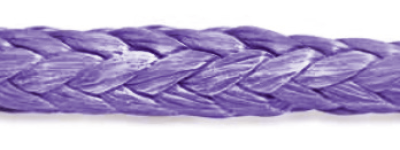
Zip's
Sling Inspection and Retirement Checklist
Any synthetic rope that has been in use any period of time will show normal wear and tear. Some characteristics of a used rope will not reduce strength while others will. Below, we have identified conditions of damaged slings that should be inspected on a regular basis of its service life.
If upon a periodic inspection you find any of these conditions, you must consider the following before deciding to repair or retire it:
- The length of the rope
- The length of time it has been in service
- The type of work it does
- Where the damage is
- The extent of the damage
In general, it is recommended to:
- Repair the rope if the observed damage is in localized areas and the application permits
- The rope should be removed from service if the damage is over extended areas
Regular Wear

Track Progression
What to look for:
- Slight fuzzy look
- Slight color fading
- Other characteristics appear normal
- Brittle or stiff areas
Causes:
- Initial Use
- Abrasion
Compression

Correctable
What to look for:
- Visible sheen
- Stiffer than rest of rope but loses stiffness with repeated bending
Causes:
- Setting of fiber around object (hooks, etc.)
Corrective measures:
- Bend rope back and forth to remove compression
Pulled Strand
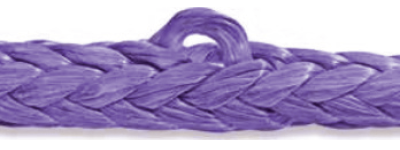
Correctable
What to look for:
- Pulled strand protruding from the rest of the rope
- No damage present
Causes:
- Snagging on vehicle or equipment
Corrective measures:
- Work back into rope by "milking" back and forth
- Ensure strand is back in place before attempting to use
Chemical Degradation

Retire Sling
What to look for:
- Fused/bonded fibers
- Discoloration
- Brittle fibers
Causes:
- Chemical contamination
Heat Degradation
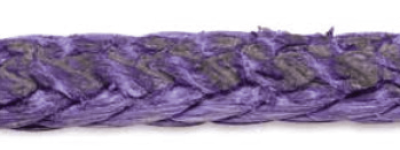
Retire Sling
What to look for:
- Fused/melted fibers
- Very stiff
- Can’t be brought back by bending like compressed fibers
Causes:
- Exposure to high heat
Inconsistent Diameter
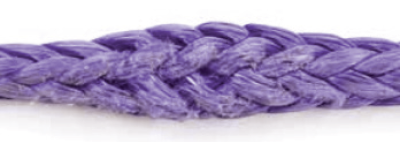
Retire Sling
What to look for:
- Tight flat areas
- Looks as if strand or strands have been pulled tight
- Bumps or dips
Causes:
- Broken or pulled internal strand(s)
- Shock loading
Volume Reduction
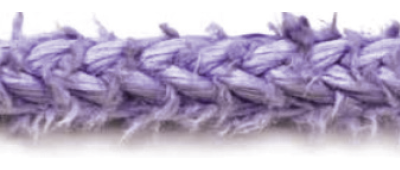
Retire Sling
What to look for:
- Reduction in size of strands/rope diameter
Causes:
- Abrasion
- Sharp objects
- Cyclic tension wear (fatigue)


%20blog%20thumbnail.png)
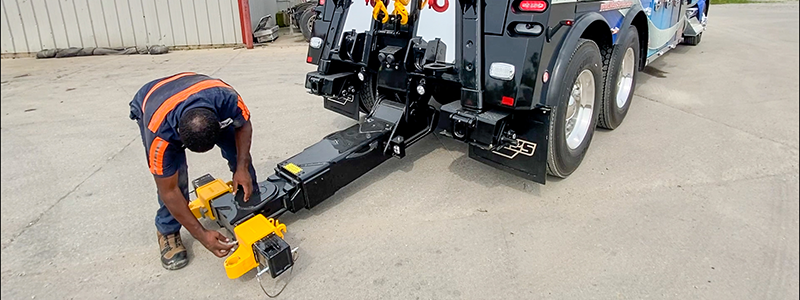

%20blog%20thumbnail.png)
